Eyewear in the Workplace: Meeting Safety Standards
In any workplace, safety is a paramount concern. Employees are often required to work in hazardous environments, where there is a high risk of eye injuries. To counter this risk, safety eyewear has become a crucial component of personal protective equipment (PPE). It not only safeguards workers’ eyes against injuries but also ensures compliance with safety standards set by regulatory bodies.
Safety eyewear encompasses a wide range of protective glasses, goggles, and face shields that are designed specifically to protect the eyes from hazards such as chemical splashes, flying debris, sparks, and harmful radiation. These hazards are prevalent in various industries, including construction, manufacturing, healthcare, and laboratories. As such, employers must provide their employees with appropriate eyewear that meets the requisite safety standards.
There are several safety standards that govern the design, performance, and quality of eyewear used in workplaces. One of the most recognized standards is the ANSI Z87.1 (American National Standards Institute), which sets the criteria for impact resistance and protective requirements. The ANSI Z87.1 standard establishes different levels of protection, denoted by markings such as “+”, “V”, and “D3”. The “+”, or basic impact level, signifies protection against low-velocity impact; “V” indicates enhanced impact protection for high-velocity impact, and “D3” denotes defense against droplets, splashes, and dust particles.
Another fundamental safety standard is the CSA Z94.3 (Canadian Standards Association). Similar to ANSI Z87.1, it specifies requirements for eye and face protection, addressing various hazards, including impact, chemicals, and heat. The CSA Z94.3 standard ensures that eyewear approved under this regulation has undergone rigorous testing to provide effective protection to workers.
In addition to these standards, different industries may have sector-specific guidelines that companies must adhere to. For instance, the Occupational Safety and Health Administration (OSHA) in the United States mandates that workers involved in welding, cutting, and brazing activities wear safety glasses or goggles with specific shade numbers to protect against radiant energy. Similarly, healthcare workers must comply with the guidelines outlined by the Centers for Disease Control and Prevention (CDC) to ensure their safety against infectious diseases.
To meet these safety standards, manufacturers employ a variety of advanced technologies and materials. Polycarbonate lenses, for example, are commonly used due to their exceptional impact resistance and durability. These lenses can withstand high-velocity impacts without shattering, thus safeguarding the eyes more effectively. Additionally, anti-fog and anti-scratch coatings are often applied to enhance visibility and prolong the lifespan of the eyewear.
Ensuring compliance with safety standards requires a collective effort from employers, employees, and manufacturers. Employers must provide appropriate eyewear to their workers, considering the specific hazards of their workplace. This includes regular assessments of the potential risks, as well as updating PPE as necessary. Employees, on the other hand, must wear their safety eyewear consistently, following proper maintenance and replacement guidelines. Finally, manufacturers must stay up-to-date with the latest safety regulations, investing in research and development to improve the quality and functionality of their eyewear.
In conclusion, eyewear in the workplace is an essential component of employee safety. It helps protect workers’ eyes from various hazards and ensures compliance with safety standards set by regulatory bodies. By adhering to these standards and using appropriate eyewear, companies can create a safer working environment for their employees and reduce the risk of eye injuries. Remember, safety should never be compromised, especially when it comes to preserving the precious gift of sight.
